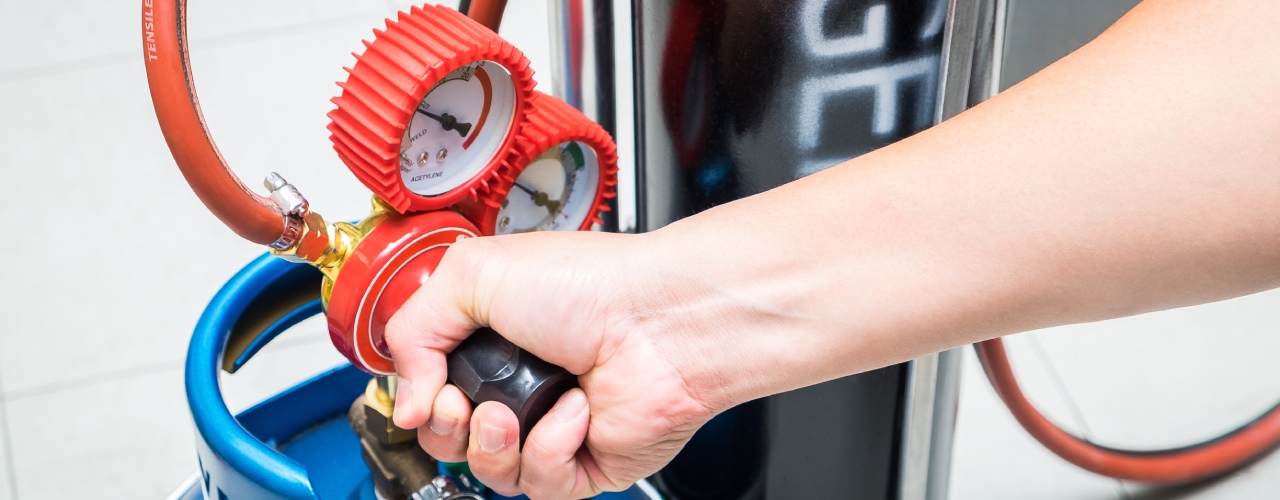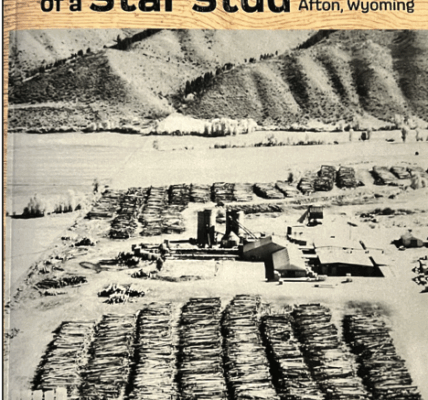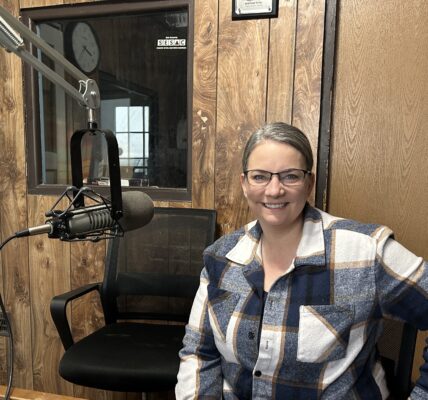Gas regulators are essential components in various industrial and laboratory settings to ensure a constant supply of natural gas at the desired pressure. However, regulators can experience issues. We’ve put together a list of some common gas regulator problems and how to troubleshoot them.
Identify Pressure Fluctuations
If you notice a fluctuating pressure reading on your gas regulator, it may have a few causes. First, check for blockages in the gas supply line. Debris or contaminants can restrict flow and cause inconsistent pressure. Clean the lines thoroughly to remove any obstructions.
Another possibility is a faulty pressure gauge. Calibrate and replace the gauge it if necessary. Additionally, verify that the gas cylinder is not nearly empty, as low levels can lead to pressure instability.
Detect and Fix Leaks
Leaks are concerning, as they can compromise the safety of your building and the efficiency of its gas supply. To detect leaks, apply a soapy water solution to all connections and joints. Bubbles will form at the site of leaks. Tighten connections where bubbles appear, but don’t overtighten since doing so can damage the threads.
If tightening doesn’t resolve the issue, inspect the O-rings and seals for wear or damage and replace them as needed. In some cases, the regulator itself may be compromised. If leaks persist, consider hiring a professional to inspect the regulator or replace the unit entirely.
Address Component Failures
You might need to troubleshoot component failures because these gas regulator issues can disrupt the system’s functionality. If the regulator isn’t maintaining the set pressure, inspect the diaphragm for signs of wear or damage. A compromised diaphragm can lead to leaks or pressure inconsistencies. Replacement diaphragms are usually available from the manufacturer.
Similarly, check the springs and mechanisms inside the regulator. Over time, these parts can weaken or corrode. Regular maintenance and timely replacement of worn components can prevent failures and extend the lifespan of your regulator.
Resolve Freezing Issues
While not quite as common, gas regulators could freeze in environments with low temperatures, particularly with high-flow applications. Freezing can restrict gas flow or damage internal components. Insulate the regulator and gas lines to prevent freezing. Additionally, using a gas heater or preheating the supply can mitigate this issue. Regularly inspect the insulation and heating elements for effectiveness.
Conduct Regular Inspections
The best way to minimize issues with gas regulators is by performing regular inspections and maintenance. Schedule routine checks for leaks, pressure consistency, and component integrity. Keeping detailed records of inspections and maintenance can help you identify recurring issues and plan preventative measures. Training staff on good maintenance practices for gas regulators will also enhance the reliability and safety of your gas system.





